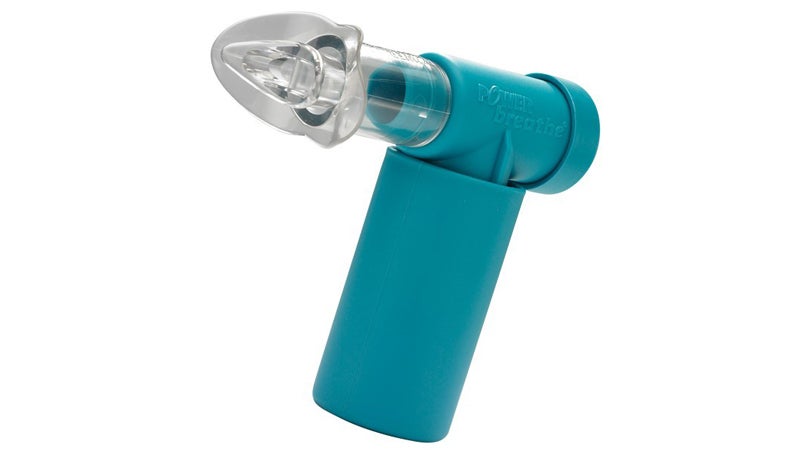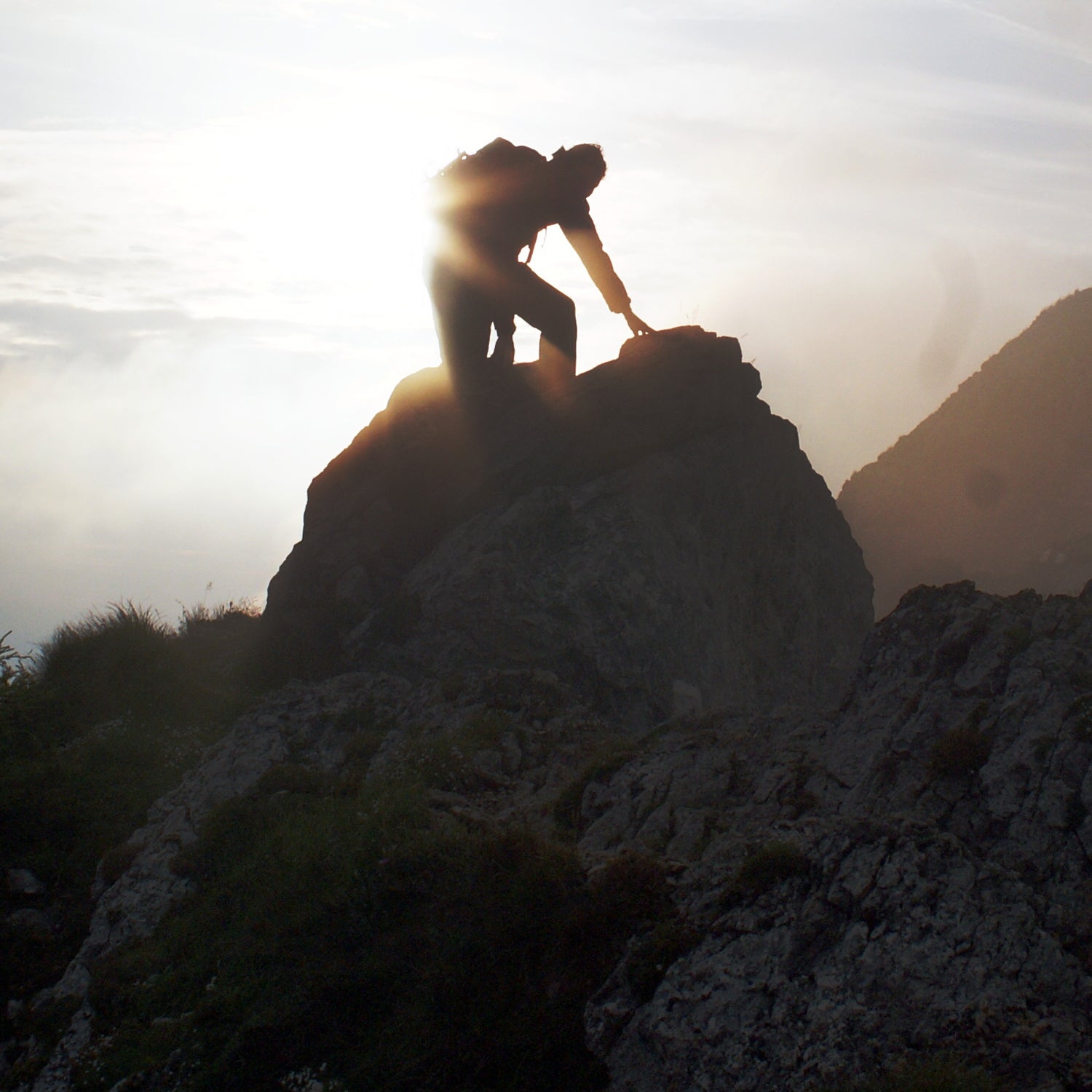Five years ago, as the members of a British military expedition trekked up the Barun Valley in Nepal toward 27,766-foot┬áMakalu, the world's fifth highest peak, the levels of oxygen in their blood began to dropÔÇöa normal but troublesome physiological response to the thin air of altitude. By the time they reached Base Camp, at just over 16,000 feet, their arterial oxygen saturation was 20 percent lower than it had been at sea level.
Not everyone felt the same effect, though. Fourteen of the climbers had volunteered to be part of a study run by Dr. , an exercise physiologist at the University of Portsmouth. And half of those volunteers were randomly assigned simple exercises to strengthen the muscles involved in breathingÔÇöa technique called inspiratory muscle trainingÔÇöfor four weeks leading up to the expedition. When the IMT group got to Base Camp, they had desaturated by only 14 percent, a significant six-percent advantage over the control group that persisted as they kept climbing to the advanced base camp at over 18,000 feet.
Lomax's results, which were published in the journal in 2010, sparked interest from guides, climbers, and other mountain athletes who all wondered: Can you beat the energy-sapping effects of altitude by strengthening your breathing muscles?  
Curiously, actual performance in a time-to-exhaustion trial was unchanged: the subjects didn't have better endurance, they just felt better.
Humans have between seven and 11 pounds of respiratory muscle, primarily the diaphragm and intercostal muscles around the ribcage, which consumes energy and fatigues just like the hamstrings or biceps. The idea of training this muscleÔÇöand particularly the muscles required for inhalingÔÇöoriginated with patients suffering from breathing-related conditions like chronic obstructive pulmonary disease.
The basic IMT protocol those patients followed hasn't changed: you take a deep breath through a tube with variable resistance that makes it harder to inhale. Repeat 30 times a day, ramping up the resistance as your muscles get stronger.
For over a decade, researchers have been studying whether IMT can boost endurance performance at sea level. The evidence remains mixed, but a meta-analysis of 21 studies in 2013 concluded that it probably offers a small boost, particularly in breathing-constrained sports like swimming. At altitude, though, the situation is different: breathing takes a significantly higher proportion of your overall energy, consuming 20 to 30 percent more oxygen by 9,000 feet, so the breathing muscles fatigue more quickly. 
The idea that IMT might be useful at altitude was first tested in a that found improvements in exercise at a simulated elevation of around 10,000 feet. After four weeks of IMT, blood oxygen levels during exercise were higher, and the strengthened respiratory muscles were able to handle the demands of breathing in thin air more easily, reducing their total oxygen usage. Ratings of effort and breathing discomfort were also reduced. Curiously, actual performance in a time-to-exhaustion trial was unchanged. Read: the subjects didn't have better endurance, they just felt better.
More recently, Lomax, the author of the Makalu study, has followed up with a lab study of her own, also at a simulated altitude of around 10,000 feet. While the results haven't been published yet, she found that four weeks of IMT produced higher arterial oxygen levels, reduced overall oxygen demand, increased breathing efficiency, and reduced breathing discomfort during exercise. As in the Kansas State study, the benefits were apparent only during exercise at altitude, not at sea level. For Lomax, who's starting another study on the topic, the results are convincing. “Based on what we currently know, IMT is something that I would recommend prior to a trip to altitude,” she says.

, the mountain guide who helped Erik Weihenmayer become the first and only blind climber to summit Everest, has tried various approaches to training respiratory muscles. These days, he tells his clients to pick up an “incentive spirometer,” a simple device used to build lung strength after surgery, and follow a standard post-op protocol for four weeks prior to altitude trips. (Lomax's studies use an IMT device made by a British company called , while the Kansas State study used the by Respironics.)
So far the evidence is limited, and there's no suggestion┬áthat the technique can reduce the risk of altitude illness. But oxygen is as precious as it is rare at high altitudes, so athletes are eager to pursue anything that might boost their supply. “I've advised over 50 clients to do it before high-altitude endurance races,” says Jason Keck, a trainer and altitude specialist with Alpine Performance Labs in Utah, “and all the feedback I've heard is positive.”
In the end, only more research will be able to tease out exactly how and if IMT boosts high-altitude performance. Even if it doesn't directly change speed or endurance, anything that affects how altitude feels, whether it's on a three-week trek or a three-hour run, could have significant benefits.
That's what Keck has found. He first started investigating IMT because he has asthma and high blood pressure, which can be risky during high-altitude exercise. “After doing it for several months, I never feel out of breath during exercise,” he says. “Even during intense aerobic intervals I feel my other muscles fatigue and have to slow downÔÇöbut IÔÇÖm never panting.”


